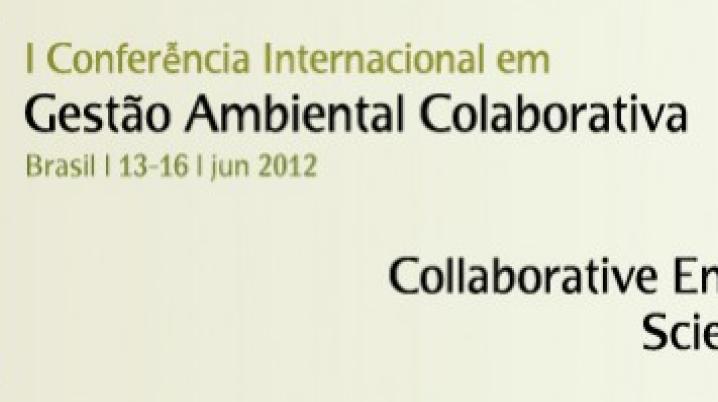
Call for entries for Science and Social Innovation Seminar
The Federal University of Campina Grande (UFCG) promotes from june 13 to 16, 2012, the First International Conference on Collaborative Environmental Management – CIGAC, located and looking towards the Semiarid Northeast Brazil within the theme: “Science and Social Innovation.”
We plan an audience of about 400 participants including researchers, students,entrepreneurs, government representatives and leaders of social movements,associations and local communities.
The general objective of this first CIGAC is to provide an space for reflection on science in environmental management in collaboration with the micronarratives of the practice around technology and social innovation. And our main specific objectives are:
* Identify the trends and practices of scientific knowledge and social innovationrelated to environmental management;
* Establish an inter-institutional coordination for joint action between the sciences, technologies (social innovation) and local communities in environmental management in the region;
The First CIGAC counts upon the collaboration of researchers from different parts of Brasil and the partnership of MetaReciclagem Network.
Call for papers and experimentsPapers
You can submit scientific papers to the I International Conference on Collaborative Environmental Management. The focus of this first edition is the semiarid region at Northeast Brazil and the theme: Science and Social Innovation.
We will be selecting the papers from the submissions of extended abstracts. The deadline for submissions is April 9, 2012.
Experiments
Soon we will be publishing the criteria and deadlines for submission and evaluation of experiments. We are still adjusting the categories and tags into what we expect are projections and testing of applications of social and/or collaboraive technologies to environmental management:
- systems of collaborative publishing;
- processing, and interconnection of environmental sensing data;
- eversion: augmented reality solutions for visualization and interference in databases;
- experimental mapping: collaborative digital mapping;
- communication and environmental education with alternative media;
- training processes and technologies for monitoring environmental preservation.

